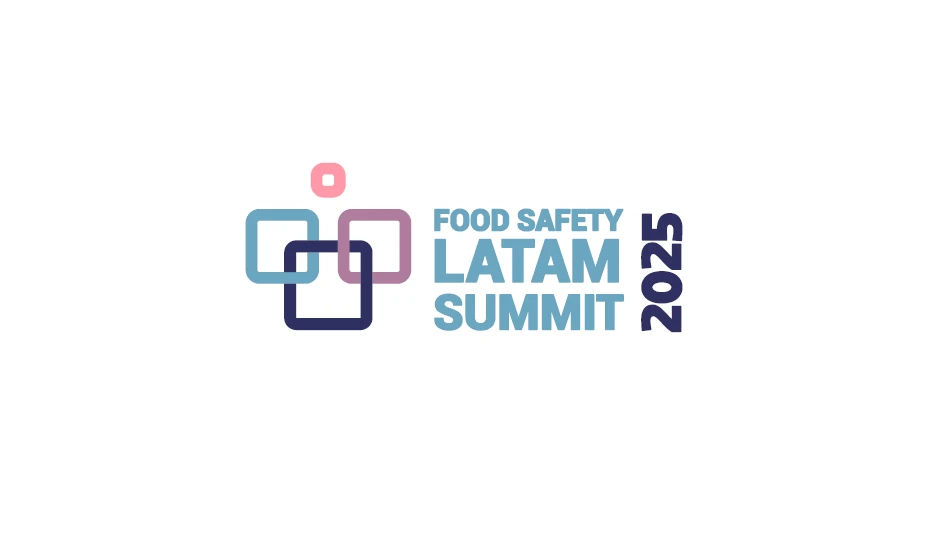
Whole Genome Sequencing (WGS) is a powerful new tool that is turning traditional foodborne outbreak identification and investigation on its head. The Produce Production column of April 2018 challenged the definition of an “outbreak” because we now know, through WGS, that a food may be associated with seemingly sporadic, yet linked, cases of illness over a long period of time.
Recent outbreaks are shining a light on the ability of WGS to reveal geographically based environmental sources of pathogens that can theoretically contaminate a variety of produce items grown in a certain area. Should we continue to associate an “outbreak” with illness caused by only one food? If WGS shows that multiple foods can be contaminated during one event, are current epidemiological methods appropriate? Can our approach to outbreak investigations and regulatory policy catch up to this changing paradigm?
It’s becoming more apparent that people can get sick from a variety of food vehicles that link back to a single contamination event. The current patient interview, investigation, and traceback models seem to assume a single food source, a single organism source. However, it appears more often that there are multiple sources, seasonal endemic illness trends, polyclonal outbreaks — this ain’t your grandma’s Sunday church brunch!
Because outbreak investigations have historically been premised on food being the “cause,” there is a heavy reliance at the onset of an investigation to ask people what they ate. If we look at food as the vehicle, it may create more open-mindedness to the “cause” being something further back than the food, and the potential for multiple foods to serve as the vehicle.
The outbreak investigation process is generally described as a “three-legged stool” consisting of epidemiology, laboratory analyses (product and environmental testing), and traceback. Perhaps it’s time for a new model. Perhaps the three legs of the stool should not all carry equal weight — at least not in every outbreak. It works for the church supper model; it does not work for when multiple types of foods are vehicles for the same contaminants. Should we place a heavier reliance on WGS to clue investigators into a region or root cause?
Of course, there are things we don’t (yet) know. Like: How geographically dispersed are different sequences? How rapidly do they evolve? What does “related” or “indistinguishable” mean … and is that based on alleles or single nucleotide polymorphisms (SNPs)? Are changes in some regions of the genome more meaningful than others? What environmental changes “wake up” a stable reservoir of pathogen that is ordinarily in a semi-dormant state?
What if we learn that pathogens are around us all the time, lingering just below the limit of detection? But what if a particular WGS really lives everywhere? Or moves around due to carriage in birds, cattle, other animals, or other vectors? How will we solve outbreaks?
Maybe we won’t. Maybe WGS will, in some cases, be a red herring, or at least a less useful piece of information.
The current approach to outbreaks generally adheres to the following sequence: people get sick, are interviewed, and a traceback ensues on suspect foods. What would happen if, instead of epidemiology being used as the first step in an investigation, it were to be used as a verification tool?
Perhaps a new model would look more like this: people get sick; WGS is performed on the isolate; the prior record of this WGS (or its relatives) is investigated and matched with products coming out of that region; boots go on the ground and test the heck out of everything (water, soil, product, etc.); then epidemiology and traceback is pulled in as verification.
We don’t need to wait for patient interviews when we have newer technologies at our disposal. Using patient food histories to triangulate a suspected food item requires enough people to be ill to determine what the ill people have in common — if there even is a single food item. Used appropriately and without blindly jumping to conclusions, WGS can provide early insight and direction to outbreaks that might be difficult to solve using old outbreak investigation methods.

Explore the January February 2020 Issue
Check out more from this issue and find your next story to read.
Latest from Quality Assurance & Food Safety
- FDA Foods Coalition Urges RFK Not to Cut More Resources, Staff
- Bird Flu: What FSQA Professionals Need to Know
- Registration Open for 129th AFDO Annual Educational Conference
- Frank Yiannas, Aquatiq Partner to Expand Global Reach of Food Safety Culture
- World Food Safety Day 2025 Theme: Science in Action
- Ancera Launches Poultry Analytics System
- USDA Terminates Two Longstanding Food Safety Advisory Committees
- Catalyst Food Leaders Announces Virtual Leadership Summit for People in Food





